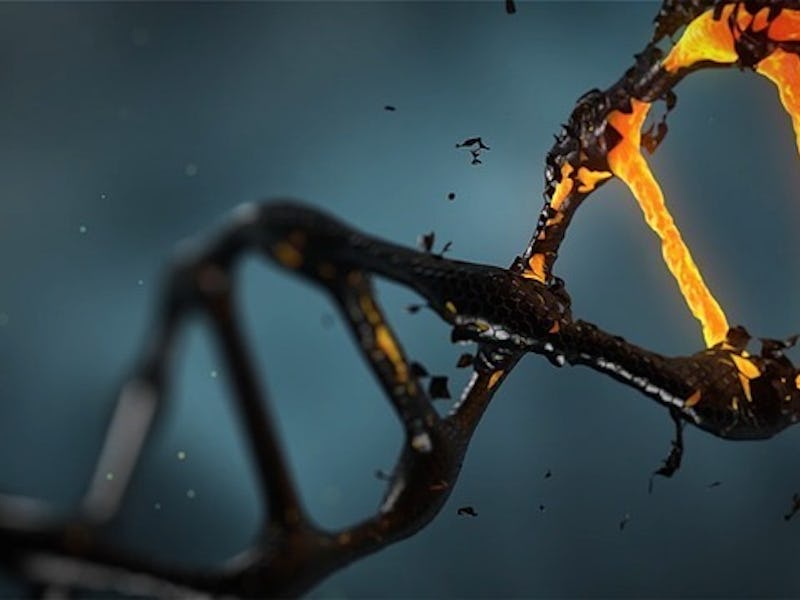From bone and muscle loss to worsened eyesight, the effects of microgravity on the human body are already documented pretty well — and as NASA and others push to conduct more audacious and longer-duration missions, we’re going to learn much more about what happens to astronauts when they spend big parts of their lives in space. But there is an astounding dearth of information on what happens at smaller levels — specifically what happens to genes exposed to microgravity.
You may not realize it, but genes are not a static part of one’s physiology — they will sometimes turn on and off in response to environmental stimuli. Understanding what exactly is happening at this molecular scale is critical to preparing future astronauts for journeys to Mars or other planets or stints in space stations in orbit that could last several years.
So Japanese scientists led by Akira Kudo at Tokyo Tech are taking the first steps towards breaking ground in this new field of space genetics research. The team has just finished up a project involving remote, real-time imaging of protein signals produced in osteoblasts and osteoclasts from medaka fish exposed to a day of microgravity aboard the International Space Station. The results, published in the journal Scientific Reports, indicate that these cells — essential to bone formation and repair — both exhibited increases in promoter signals for up to eight days.
The results don’t really say much on their own about what happens to the genes of bone cells in space, but the study helps support a potentially effective methodology for studying the changes genes undergo in microgravity. For this study, the researchers made use of a bimolecular technique where certain genes are tagged with a fluorescent marker. When those genes are activated and transcribed in the body, the proteins they code for are also tagged with the same fluorescent marker. The fluorescence makes it easier to identify and measure the proteins, and so the end result is that researchers can measure the degree to which those genes are expressed in a space environment.
This technique is also nothing new, but making this work as a real-time microscopy method in space is new. Scientists can perfect this technique and make it more possible to identify more minute genetic changes in organisms that are exposed to microgravity. At some point, we may be able to learn not just what kinds of genes are responsible for bone loss in humans living in microgravity, but develop treatments to turn off the genes that accelerate this loss or turn on genes that can prevent it.
